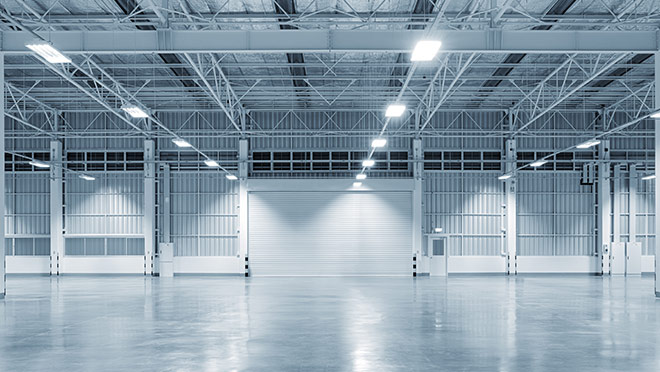Build a better business case with life cycle costing

Purchasing energy efficient equipment may cost more up front, but can save you money in the long run
When you're putting together a business case for new equipment, upgrades, or even a new facility, it's logical to focus on the most inexpensive option. However, unless you've calculated the life cycle cost of each option, it's very easy to believe that the most inexpensive option is the one with the lowest purchase price.
Energy efficient upgrades often cost more than traditional solutions but have much lower running costs. In many cases the savings that can be made in running costs can payback the initial investment cost in as little to 2-3 years. Because many energy efficient solutions – such as LED lightbulbs – last much longer than their traditional equivalents over time, those savings can add up to a considerable amount.
That's where life cycle costing can make all the difference. By factoring in the total cost of owning, operating and maintaining a project over its useful life, including fuel, energy, labour, replacement components, and the initial purchase price, then suddenly the inexpensive, more traditional solution might suddenly become the most expensive. If you're going to be presenting various options to your senior management team or your bank to raise funding, life cycle costing will help to make the high initial investment of a cutting edge, energy-saving solution much more viable.
How to calculate life cycle costs
So how do you calculate the life cycle cost of something? Here's an example:
- Company X is considering whether to purchase an Electric Tool or Gas-Powered Tool.
- The Electric Tool has an initial cost of $3,500, while the Gas-Powered Tool has an initial cost of $2,000.
- Company X is leaning towards the Gas-Powered Tool because of the perceived lower cost. However, after reviewing the annual costs of operation and applying the life cycle cost formula, Company X realizes the Electric Tool is actually more cost-effective than the Gas-Powered Tool.
The formula for calculating the life cycle cost is:
Life Cycle Cost = Initial Cost + (Annual Costs x Annuity PV Factor**)
| Electric Tool | Gas-Powered Tool | |
|---|---|---|
| Initial Cost | $3,500 | $2,000 |
| Annual Costs Electricity Fuel Maintenance |
$150 - $50 |
- $250 $150 |
| Project/equipment Life (Years) |
15 | 15 |
| Annuity Present Value Factor** (Based on an interest rate of 3% over 15 years) |
11.937 | 11.937 |
| Calculations | $3,500 + ($200 x 11.937) | $2,000 + ($400 x 11.937) |
| LIFE CYCLE COST | $5887.40 | $6,774.80 |
**The Annuity Present Value Factor is used to calculate the total present value of the equipment's annual costs over the life cycle of the project/equipment. Or alternatively, the value of the money you invest today, over time. This factor may be found on an Annuity PV Factor table or calculated using the following equation, where r = interest rate and n= project life: Annuity present value factor = [1 - (1 / (1 + r)n) ] / r
Let's not forget about incentives
Whatever kind of equipment, upgrade or new building options you're comparing, the energy efficient electric ones will almost certainly have the lowest life cycle costs. But they also might have another benefit that you can factor in too - an available incentive program.
BC Hydro offers a wide range of incentive programs across all types of equipment and upgrades. Our teams can also help you optimize the efficiency of a new build or renovation project. And the BC Hydro Alliance can help you find approved contractors who can help your turn your energy efficient vision into reality.
Find out more about:
- Incentives by logging into the BC Hydro CEM Hub
- Approved contractors with the BC Hydro Alliance of Energy Professionals
- New buildings or renovations by talking to your Key Account Manager or Regional Energy Manager